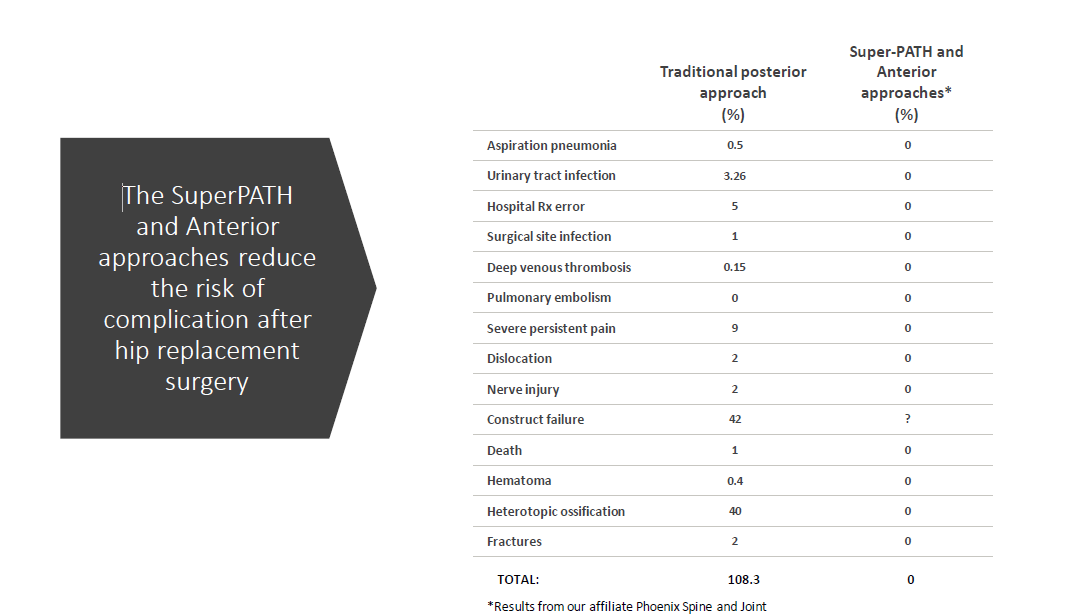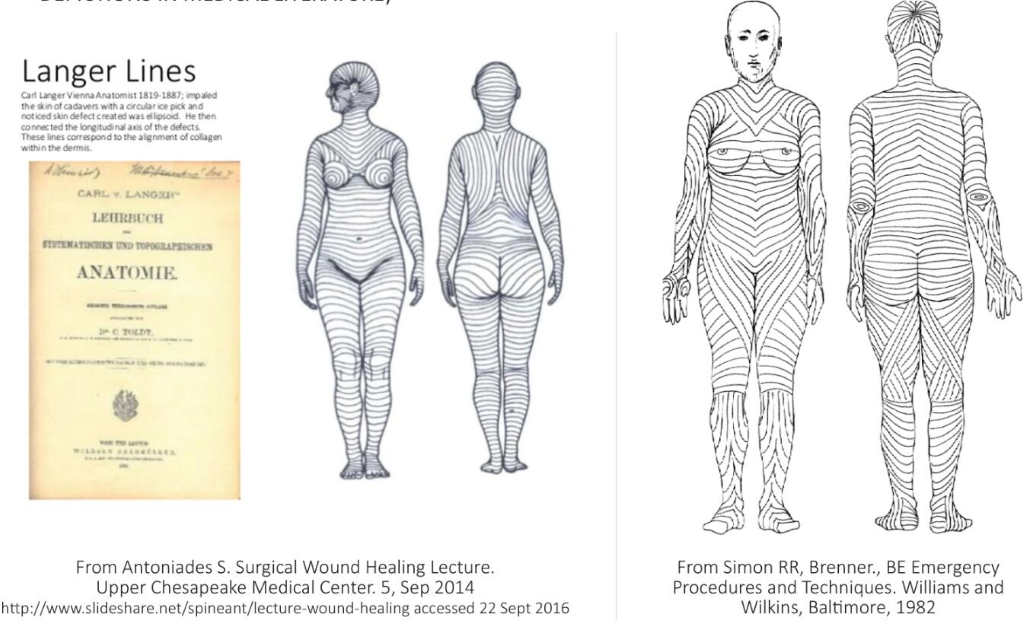How Much Does Minimally Invasive And Robotic Hip Replacement Surgery Cost?
How Much Does Minimally Invasive And Robotic Hip Replacement Surgery Cost? https://hip-replacement.info/wp-content/uploads/2020/07/Costs-Hip-Surgery-1024x768.jpg 1024 768 teamhri https://secure.gravatar.com/avatar/04fedc1c2127d93ad1bbe2fbc5f82c5ed80cfcec87e51569df20070c24bf8794?s=96&d=mm&r=gOnce you learn about the advantages of Anterior and SuperPATH minimally invasive joint replacement surgery (no hospital, no COVID-19, no infections, no blood clots, no heavy pain medications, and most of all, #norestrictions) nearly everyone wants to have it. If it’s affordable. So, how much does Anterior and SuperPATH minimally invasive joint replacement surgery cost?
What matters to you is the cost to you. But before we get to that, I would like to explain what all you are getting for your money. An operating room that can support safe Anterior or SuperPATH minimally invasive joint replacement surgery costs around $1.5 million. The Hanna bed, general anesthesia machines, spinal setup, medications, ventilation, instruments, and their sterilization are all prerequisite. For centers like Phoenix Spine and Joint that use a robot, there is an added cost of the robot. The Stryker Mako robot sells for $1.25 million for the robot itself, and an added $100,000 service contract is needed every year as well. The robot also uses $1,000 in extra disposable equipment for each case. The cost of the actual implant varies; however, typically the purchase price tag is around $5,500. Some facilities also use x-ray in the operating room to perform a digital analysis ($75,000 with an added $50,000 service contract) to be sure the implant is perfectly positioned. So, if you add it all up, it costs your facility around $3 million to get up and running, and an added $1 million a year to keep going.
The next thing you must consider before figuring out your cost is the sticker price. Every facility has its own sticker price for these procedures. For example, at Phoenix Spine and Joint we found the 80th percentile of charges for these procedures in our area is about $99,000. Our patients rank our services in the 99.8th percentile! But we thought the 80th percentile is a fair price, so that is what we set.
The cost to you is also more than just the facility. You must pay the surgeon, anesthesiologist, and for any tests that are needed to make sure you are medically fit for the procedure.
Just like when you are buying a car, when you are buying a medical procedure you usually do not pay the sticker price. The cost to you depends on your situation. There are four common situations to consider. Pick the one that describes you and you can ignore the other three.
- You are over 65 years old and on Medicare. The Medicare insurance pays 80% of Medicare’s fee for a surgery. For a hospital Medicare sets the fee at $22,500 and pays 80% of that. Medicare sets your surgeons fee at $1200 and pays 80% of that. Your anesthesiologist’s fee depends on what is done and how long it takes but it is usually around $500. Most patients with Medicare today have a supplement which pays most of the remaining 20%. A lot of Medicare patients also are on Medicare advantage, so they do not have much added expense.
Of note, like any other insurance company, Medicare decides what it will and will not cover. At the present time Medicare will not cover total hip replacement in an ambulatory surgery center. Medicare will cover total knee replacement. It is widely expected that Medicare will cover hip replacement in the coming years. But until they do, Medicare patients are cash pay if they want to have total hip replacement in an ambulatory surgery center.
- You have commercial health insurance. If you have commercial health insurance, then your cost depends on your policy. For an HMO you will not be able to choose any surgeon, but your cost may be zero. Better surgeons, like those who perform Anterior and SuperPATH minimally invasive joint replacement surgery, as often not part of an HMO. If you have a PPO then you will have a broader choice of surgeons, but your cost will be greater. The first thing is you will have to pay your deductible. Once that is reached you will have to pay your part up to your policy’s out of pocket maximum. Most insurance policies have 80% co-insurance. That means after the deductible you must pay 20% of the charge from the deductible to the out of pocket maximum.
- You have no insurance and you are paying cash. The “cash price” for Anterior and SuperPATH minimally invasive hip replacement surgeries vary by facility. Most offer a bundled rate that includes the facility, anesthesia, medications, walker, surgeon. At Phoenix Spine and Joint we everyone should be able to afford the best. We, therefore, have a sliding scale for our bundled price which ranges from $22,500 to $99,000. If you ask for it, we can offer you a charitable deduction based on your income.
- You have been in an accident and are on a lien or an industrial injury. In these cases, your cost is zero. The lien or workman’s compensation insurance pays the bills.
Sound confusing? It certainly is. If you have read this entire article and still have the same question as to when you started: how much it costs to have joint replacement, then I would recommend calling Phoenix Spine and Joint. An expert representative will take your insurance information, analyze your benefits, and let you know the answer to this, particularly important question. There is no charge for a cost estimate of this type.







